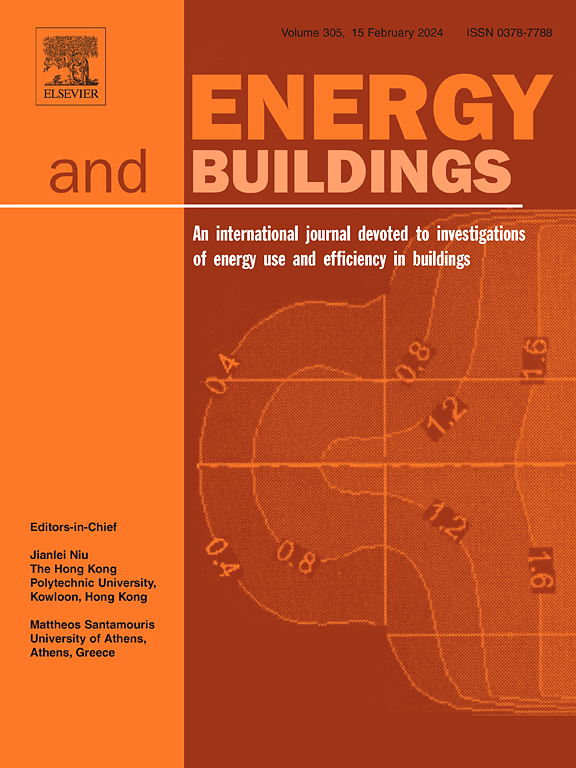Autoencoder reconstruction residual-Wasserstein distance based in-situ calibration for indoor environment spatial expansion virtual sensors
IF 6.6
2区 工程技术
Q1 CONSTRUCTION & BUILDING TECHNOLOGY
引用次数: 0
Abstract
Increasing reliance on digital twin technology for managing indoor environments necessitates the development of spatial expansion virtual sensors (SEVS). However, in practical applications, SEVS performance often deteriorates due to shifts in data distribution and environmental conditions, presenting challenges for consistent reliability. Most existing SEVS research has primarily focused on initial model development, with limited consideration to in-situ calibration strategies. This study introduces an autoencoder reconstruction residual-Wasserstein distance (AR-WD)-based error estimation model, designed for spatial expansion virtual sensors with the primary objective of enhancing their performance in practical applications. The proposed model utilizes residuals from autoencoders and Wasserstein features, which can be derived without additional sensor installations, for real-time calibration. A comprehensive evaluation was conducted using temperature data from a pigsty, where the AR-WD model demonstrated robust performance across various machine learning algorithms, particularly with random forest and XGBoost, showing high predictive accuracy with a mean absolute error as low as 0.086. These findings suggest that the integration of AR-WD features significantly enhances the reliability and accuracy of virtual sensors. In addition, the AR-WD model leverages the unique characteristics of SEVS to enable real-time error estimation based solely on input data variations, thereby addressing common limitations of non-intrusive calibration methods. This research not only advances the field of virtual sensor development but also provides critical insights for optimizing sensor systems in complex indoor settings.
求助全文
约1分钟内获得全文
求助全文
来源期刊

Energy and Buildings
工程技术-工程:土木
CiteScore
12.70
自引率
11.90%
发文量
863
审稿时长
38 days
期刊介绍:
An international journal devoted to investigations of energy use and efficiency in buildings
Energy and Buildings is an international journal publishing articles with explicit links to energy use in buildings. The aim is to present new research results, and new proven practice aimed at reducing the energy needs of a building and improving indoor environment quality.
 求助内容:
求助内容: 应助结果提醒方式:
应助结果提醒方式:


